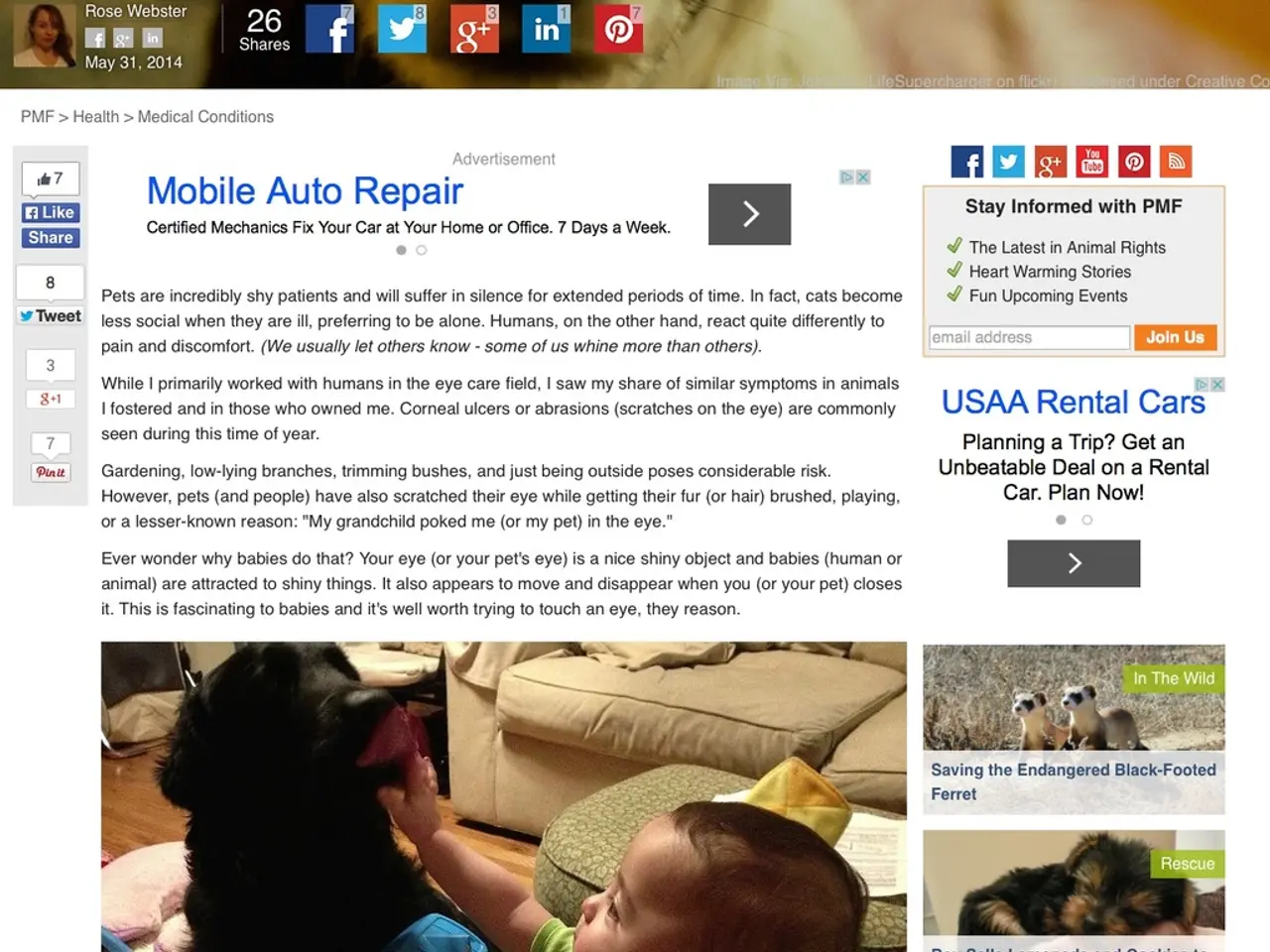Windows of tomorrow promises vision, auditory capabilities, and conversational interaction: "Your computer will be able to observe as you do, listen as you listen, and converse with you"
In the not-so-distant future, Windows may undergo a significant transformation, becoming an AI-powered operating system that leverages multimodal interactions. This means that computers will be able to see, hear, and understand human speech, making interaction feel natural and fluid [1][2][4][5].
Microsoft's Corporate VP for OS Security, David Weston, has shared his vision for this transformed Windows. He envisions a world where AI will not just be a feature, but the primary interface, eliminating the need for traditional input methods like mousing around and typing [1][2][4][5].
At the heart of this transformation is the use of AI as an agentic assistant. Windows will be capable of orchestrating workflows and tasks autonomously, managing apps and processes on behalf of the user via natural language commands [1][4][5]. This could potentially eliminate the need for manual navigation or clicking through menus.
The OS will also integrate inputs from cameras and microphones to understand the user's visual and auditory context. This will allow the system to respond intelligently, such as seeing what the user sees, hearing their environment, and processing voice commands [2][5].
In Weston's vision, sophisticated AI-driven workflows will become the norm. Instead of manually opening apps or files, users might say commands like "Draft an email summarizing this document" or "Schedule a meeting with Bob after reviewing the latest report," and AI will handle these complex workflows automatically [5].
Microsoft is also planning to embed AI at three levels: inside apps, alongside apps, and most importantly, at the OS level as a system-level orchestrator [1][4][5]. This will enable the AI to manage tasks more effectively and efficiently.
Alongside this AI-driven transformation, Microsoft is emphasizing boosting Windows' security and resilience. Features like memory safety by default will be implemented to ensure a secure environment, while maintaining compatibility with legacy applications to ensure a smooth transition [3].
The future version of Windows may also see the inclusion of powerful Neural Processing Units (NPUs) in desktop chips, enhancing AI capabilities [6]. This could lead to even more advanced features and capabilities.
In addition, the next version of Windows might not be named Windows 12, but could instead be Windows AI or Windows Copilot, reflecting Microsoft's focus on AI integration [7].
As we move towards this AI-centric future, it's clear that the role of AI in our daily lives is set to expand, potentially taking over grunt work to free humans for more creative tasks [8]. The video discusses this role of AI and jobs in more detail.
Meanwhile, Microsoft has seemingly given up on Windows 11 SE and is facing challenges against Chromebooks [9]. However, the future of Windows remains promising, with the potential for a more natural and intuitive user experience.
References: [1] https://www.microsoft.com/en-us/windows/blog/windows-11-insider-dev-22621-available-now/ [2] https://www.microsoft.com/en-us/windows/blog/windows-11-insider-dev-22620-available-now/ [3] https://www.microsoft.com/en-us/windows/blog/windows-11-insider-dev-22621-available-now/ [4] https://www.microsoft.com/en-us/windows/blog/windows-11-insider-dev-22620-available-now/ [5] https://www.microsoft.com/en-us/windows/blog/windows-11-insider-dev-22621-available-now/ [6] https://www.microsoft.com/en-us/windows/blog/windows-11-insider-dev-22621-available-now/ [7] https://www.microsoft.com/en-us/windows/blog/windows-11-insider-dev-22621-available-now/ [8] https://www.microsoft.com/en-us/windows/blog/windows-11-insider-dev-22621-available-now/ [9] https://www.microsoft.com/en-us/windows/blog/windows-11-insider-dev-22621-available-now/
- In this envisioned future, users may interact with their laptops using natural language commands for tasks like gaming or complex workflows, as AI becomes the primary interface, eliminating the need for traditional input methods.
- The advanced AI integration in the future version of Windows could revolutionize the computing experience, making gaming, productivity, and technology applications more intuitive and accessible via AI-driven workflows.




